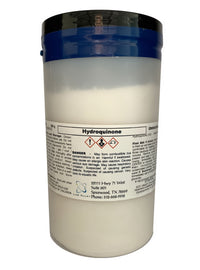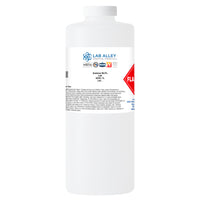Personal Care & Cosmetics

Self-care has become a top priority for many people these days. That is why products like firming lotions, moisturizers, anti-aging solutions, and hair regrowth serums are increasing in popularity.
Lab Alley stands by only the purest ingredients - Our promise is to provide top-quality chemicals and ingredients so that your brand brings the “care” into anyone’s “self-care” routine.

Glycolic Acid is a colorless and odorless compound in its purest form, and it is derived from sugarcane. It is used in the personal care industries mostly for facial and skin chemical peels, brightening treatments, and as an anti-aging compound in cosmetics. Our high-quality Glycolic Acid 30% and Glycolic Acid 70% solutions both interact with the outer layer of the epidermis and weakens the binding characteristics of lipids that keep dead skin cells together. This allows the outer layer to reveal the underlying fresh skin. Other benefits of using Glycolic Acid include improving all types of acne, treating UV skin damage, and even preventing and treating visible lines and wrinkles.

Certified Organic Sugarcane Ethyl Alcohol 190 proof, which is grown in farms without pesticides or chemicals and processed in specific distilleries, is also used in personal care and cosmetics. This non-denatured ethanol does not have any toxic additives mixed in, which means it is extremely pure and clean for the use of skin care products and perfumes. Being an odorless and colorless ingredient, it is ideal for mixing with essential oils or botanical extracts and water to create high-quality and naturally scented perfumes and body sprays. Starting off with the purest ingredients will ensure a premium and superior final product.

SDA (Specially Denatured Alcohol) 40B Ethanol 200 Proof is a blend of ethanol and denaturants tert-butyl alcohol and denatonium benzoate. It is a common ingredient used by manufacturers of commercially produced perfumes because it can be purchased in bulk, and this type of blend can allow distributors to avoid charging customers the government excise tax. As a solvent, this specific type of specially denatured ethanol can also be used in shampoos, soaps and lotions, and various other personal care products. It is also recommended by the CDC (Center for Disease Control) and the FDA (Food & Drug Administration) to be used in alcohol-based hand sanitizers as well as disinfecting cleaners.


























